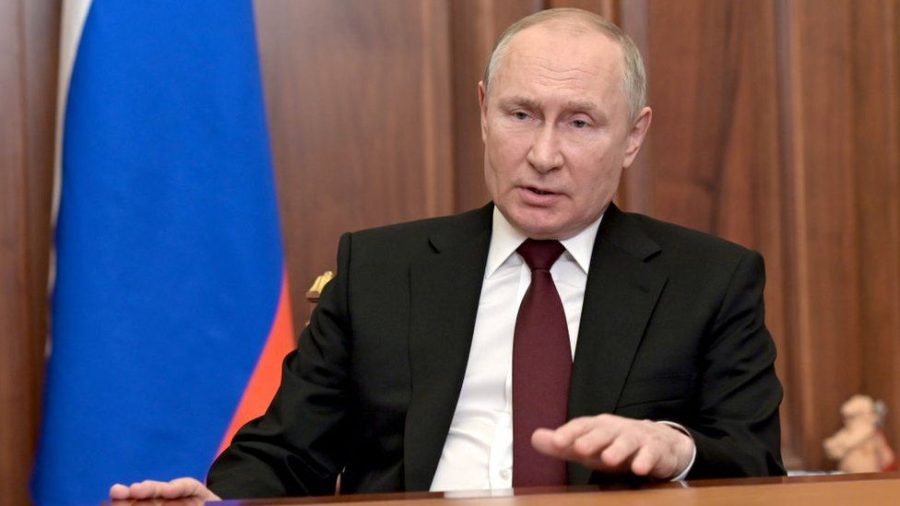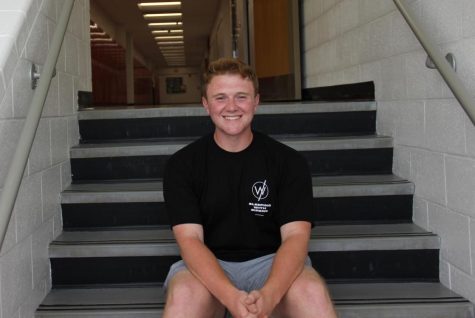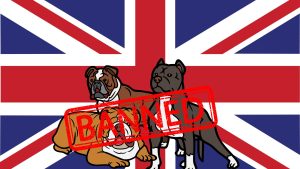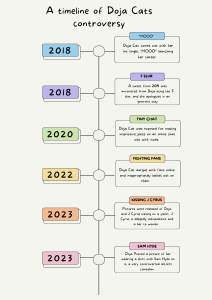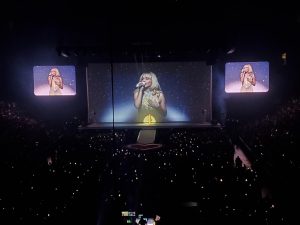What is Putin planning with Ukraine?
February 28, 2022
Russian President Vladimir Putin began his invasion of Ukraine on February 24, starting the first major military operation in Europe since WWII. Despite sanctions, international condemnation, and protests within Russia, he continues to wage war, leaving many international leaders, reporters, and civilians asking: why?
Putin’s invasion marks the climax of months of building troops at the Russo-Ukrainian border and several failed diplomatic talks. On February 21, Putin delivered an hour-long speech that denied Ukrainian independence. Three days later, on February 24, Putin announced he was launching an attack to “defend people who for eight years are suffering persecution and genocide by the Kyiv regime,” and that the Russian militaries goal was “demilitarization and denazification,” not occupation. Putin has often attempted to portray Ukraine as a Nazi infested nation, despite President Volodymyr Zelensky being Jewish and having lost three family members in the Holocaust.
Putin’s main targets have been Kyiv and Khakiv, Ukraine’s two largest cities. “They had maximal war aims,” Michael Kofman, research director in the Russia studies program at CNA, said in an interview posted on Twitter on February 25. “They had a military operation that’s now in progress, first to try to achieve regime change, encircle the capital, and try to overthrow the Ukrainian government, and then a much larger set of pincer movements to encircle and envelope Ukrainian forces. Try to do this quickly and force surrender of isolated pockets.”
Zelensky has decided to stay in Ukraine’s capital of Kyiv despite the invasion and Western offers to airlift him to safety. Zelensky and his cabinet have rallied the people of Ukraine into standing against Putin’s invasion, likely giving the Russian president more trouble than officials in Moscow had expected.
Many experts believe that invading Ukraine is part of a plan to reassemble a Soviet Union-esque empire. Journalists Jen Kirby and Jonathan Guyer write: “Putin has been fixated on reclaiming some semblance of empire, lost with the fall of the Soviet Union. Ukraine is central to this vision.”
Professor of political science at the University of Rochester Hein Goemans agrees, saying in a Q&A published on the University of Rochester’s NewsCenter, “I read his goals as twofold: he wants to reestablish directly or indirectly, by annexation or by puppet-regimes, a Russian empire—be it the former USSR or Tsarist Russia.”
“A second possible answer has to do with the role of domestic Russian politics, which the standard literature on conflict takes very seriously,” Goemans continues. “Putin has seen what happened in some former Soviet successor republics and the former Yugoslavia, several of which experienced ‘Color Revolutions’ and democratized. Indeed, it was a Color Revolution in Ukraine in 2014, which Putin mischaracterizes as a military coup.”
However, the Russian president’s real goals are, at this point, unpredictable. “If Putin does have an endgame, it is not clear to outsiders at this point,” former National Security Council staff member Thomas Graham tells Politico. “For the past several months, he has deliberately deceived people as to what his true intentions are.”
“That said, he has declared that he will ‘demilitarize’ and ‘denazify’ Ukraine,” Graham continues. “That would seem to mean that at a minimum he wants to destroy Ukraine’s military infrastructure and replace its government with a puppet regime.”
Around two months ago, Russia issued a list of demands it said the North Atlantic Treaty Organization (NATO) needed to meet to lower tensions in Eastern Europe. One of the demands was banning Ukraine from joining NATO, hinting at the possibility that Putin wants to severely weaken NATO.
At 69 years old, the Russian leader is–maybe–nearing the end of his political career. Whatever Putin’s goals may be, he certainly chose to strike now and take the glory for himself rather than wait for his successor.

